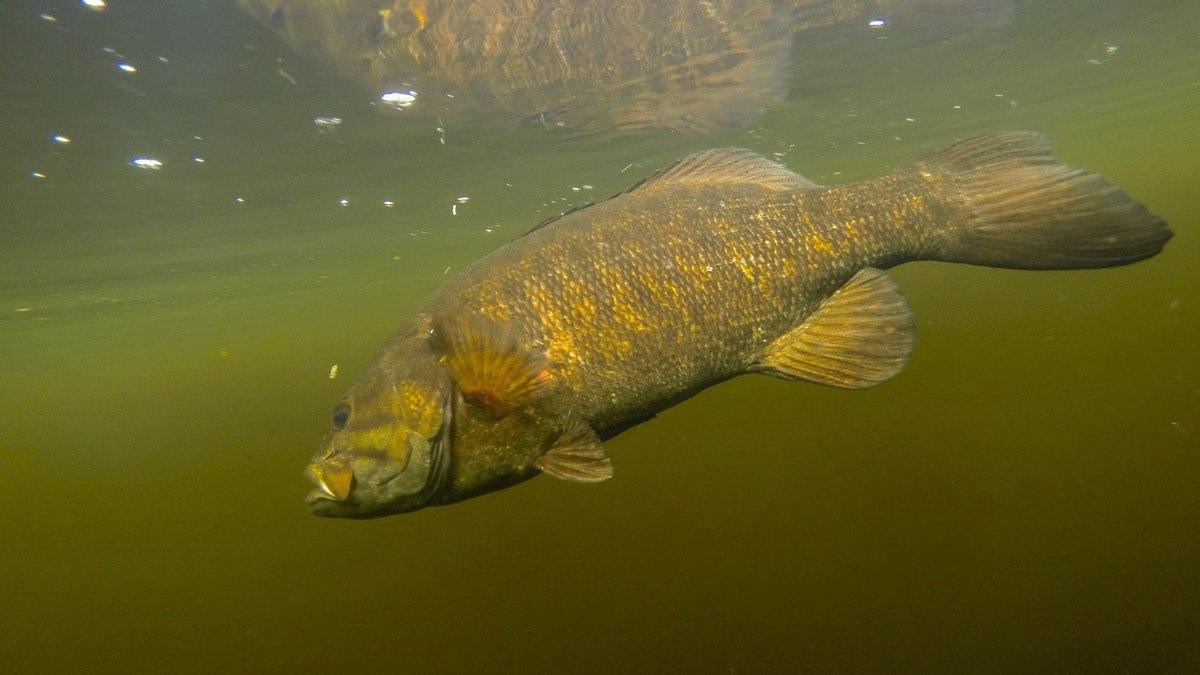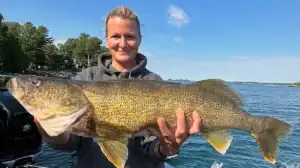Anglers fishing oxbows often find some of the best secluded fishing in area regardless of species. And fishing oxbows from a kayak often yields even more impressive results because of their many advantages. Taking several factors into consideration, will make you a more effective kayak angler on nearby oxbow lakes and rivers.
WHAT IS AN OXBOW
Definition of an Oxbow – Typically, a U-shaped body of water that forms next to a river when a meandering section of river is cut off from the main river and left as a free standing body of water.
WHAT MAKES OXBOWS SPECIAL
Rivers typically rise during the Spring months with melting snow and/or heavy rains before the leaves come out that suck up all of the water. That leaves several advantages to oxbows for fish and fishermen that include some of the following:
- Sanctuary from current – During the high water periods, Oxbows are often connected to the main river, giving fish a place to get out of the main current and find fresh habitat.
- Captive audience – When the water recedes, and the oxbow is cut-off from the main river, the fish are landlocked in a small body of water.
- Clearer alternative – Due to the lack of current once it is separate from the river, the water in the oxbow tends to settle out and be much clearer/cleaner than the river, making it easier to see structure, beds, grass/weeds, and fish.
- Multispecies magnets – I try seeking out oxbows on Google Earth off of rivers with a strong population of smallmouth bass and pike. I have found that the biggest fish tend to be in them and the easiest to catch as well.
AVOID LOW-PERCENTAGE OXBOWS
Like anything there are no guarantees. If the water levels cooperate with spawning seasons and temperatures, oxbows often are where you will find an above average fish concentration and easy to find fish as well.
There are a few situations where you will find that they are not as good as the main river:
- The water wasn’t high enough for the fish to get into the oxbow during the Spring.
- The fish were not on the move, looking for spawning locations, during the high water.
- Angling pressure has made fishing on a particular oxbow much tougher.
- The terrain and cover in the oxbow aren’t as attractive to the fish as nearby waters.
GETTING INTO OXBOWS WITH FISHING KAYAKS
While there is no way to get a heavy, motorized, boat into many of these bodies of water; a fishing kayak is the perfect tool for the task. Depending on how far off the main river the Oxbow is, pack your kayak to be as light as you can, while still bringing what you want for the trip. Fishing kayaks are typically made of HDPE and can be dragged on the ground with no damage other than scratches.
I, personally don’t carry my kayak anywhere as it is much easier to drag it or have it on a “cart” with wheels. Wheels are rarely helpful when you are getting into an oxbow or beaver pond as there tends to be mud, rocks, logs and weeds in between the river and where you want to fish.
These steps will help you plan your access to the oxbow you want to fish:
- Find the easiest way – Often it is by starting on the river and dragging across the land that separates the two because that land will be relatively flat and clear of trees compared to the land around it that never has water in it.
- Pack accordingly – Choose your gear based on the difficulty of the portage into the oxbow. I will typically bring less gear such as fewer rods and tackle, no cooler, etc., if it is a day trip and the portage might be challenging. For an overnight trip, plan on making multiple trips to carry gear across the land barrier, if necessary.
- Lock down your gear – The boats tend to tip to the side going over uneven ground/rocks, etc.. and you don’t want to break anything or lose anything on the portage.
- Bring a cam strap – While the grab handles work good for shorter drags, if you have a long flat area to cover, putting a cam strap on the grab handle and looping it over your body allows you to drag the boat easily, much like a horse with a harness and a plow.
- Double carry – For difficult portages, it is usually much more enjoyable and easier to double up and help your partner carry/drag their kayak and then go back and get yours on a second trip. Remember it’s fishing not racing.
FINDING FISH
Typically you’ll find the oxbows and beaver ponds to be shallow, but there are always deeper areas. Here are a few common areas to look for bass in some of the northern oxbows I like to fish:
- Rocky drop off areas are smallmouth heaven.
- Rocky shallow areas are both smallmouth and pike territory.
- Shallow weedy/grassy areas next to shore are small/medium pike territory.
- Open water weedy areas are big pike territory.
- Any rocky point will hold bass and often the biggest ones.
CHOOSING BASIC TACKLE
I like to catch both bass and pike and prefer to use lures that I have a good chance at both species. It is rare to find a lure that you can’t catch pike on. Here are a couple general rules I follow for oxbows with both bass and pike up north:
- 2 bass for every 1 pike – use a finesse jig, wacky worm, or shaky head
- 2 pike for every 1 bass – use a big spoon or inline spinnerbait
- Equal pike and bass -a topwater lure like a Frog, wake bait, popper, chatterbait, 3/8-ounce or smaller spinnerbait, and crankbait.
AREAS BY SPECIES
Pike: Casting to the shallowest grassy areas on the shore will yield mostly pike. The smaller ones can be found in a few inches of water on sloping, grassy banks, and usually very close to shore. Larger ones can be found out on the edges of grass beds or around wood structure.
Bass: Casting to rocky formations, drop offs, points, and openings to small bays yield the biggest smallmouth bass. The inflow areas of main creeks tend to yield a large number of bass and often they are schooled up allowing you to catch many in one small area. Shallow weedy areas where there are pike also yield bass, but the bass are most often out just off the edge of the weeds while the pike are hidden in the weeds and attack whatever goes over or by them.
One great alternative to fishing oxbows from fishing kayaks, especially on long portages is to camp out. Again I will pack my kayak according to the portage and difficulty of access. But making a family or buddy overnight adventure out of oxbow fishing makes for even greater memories and opportunities.
















